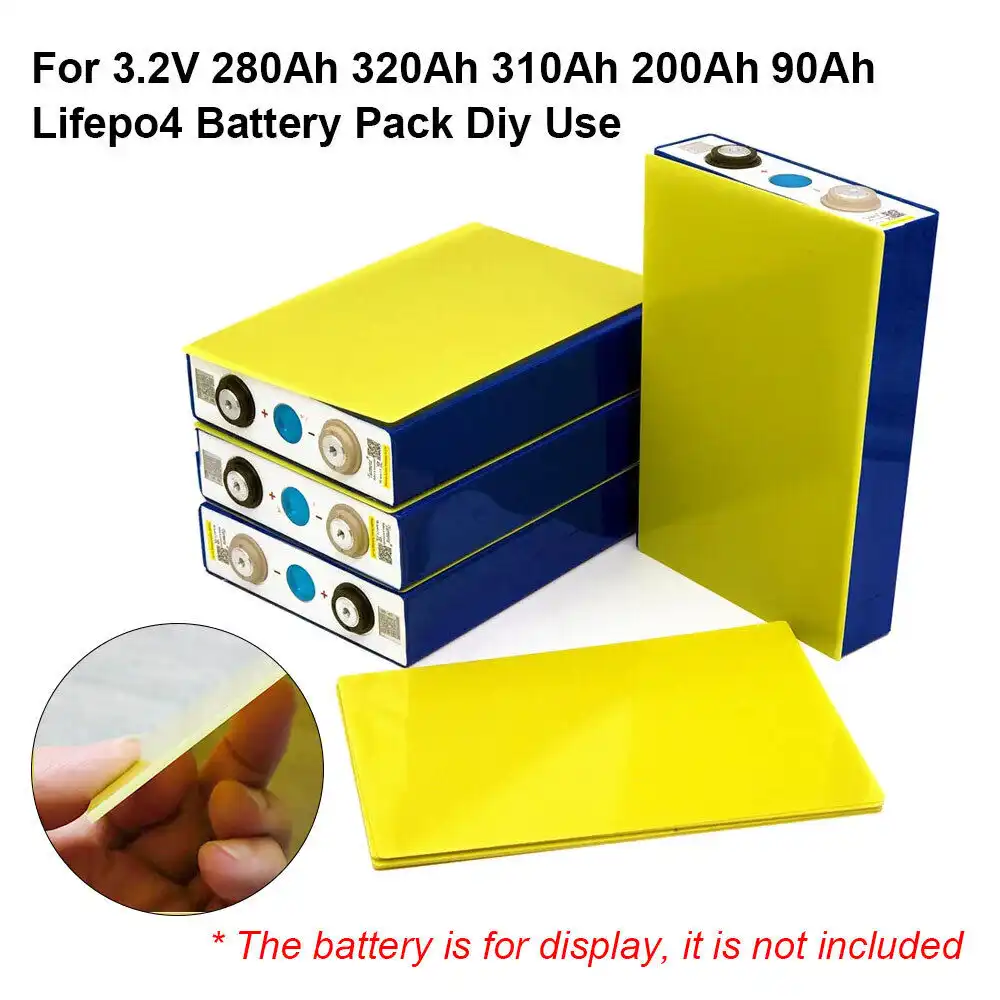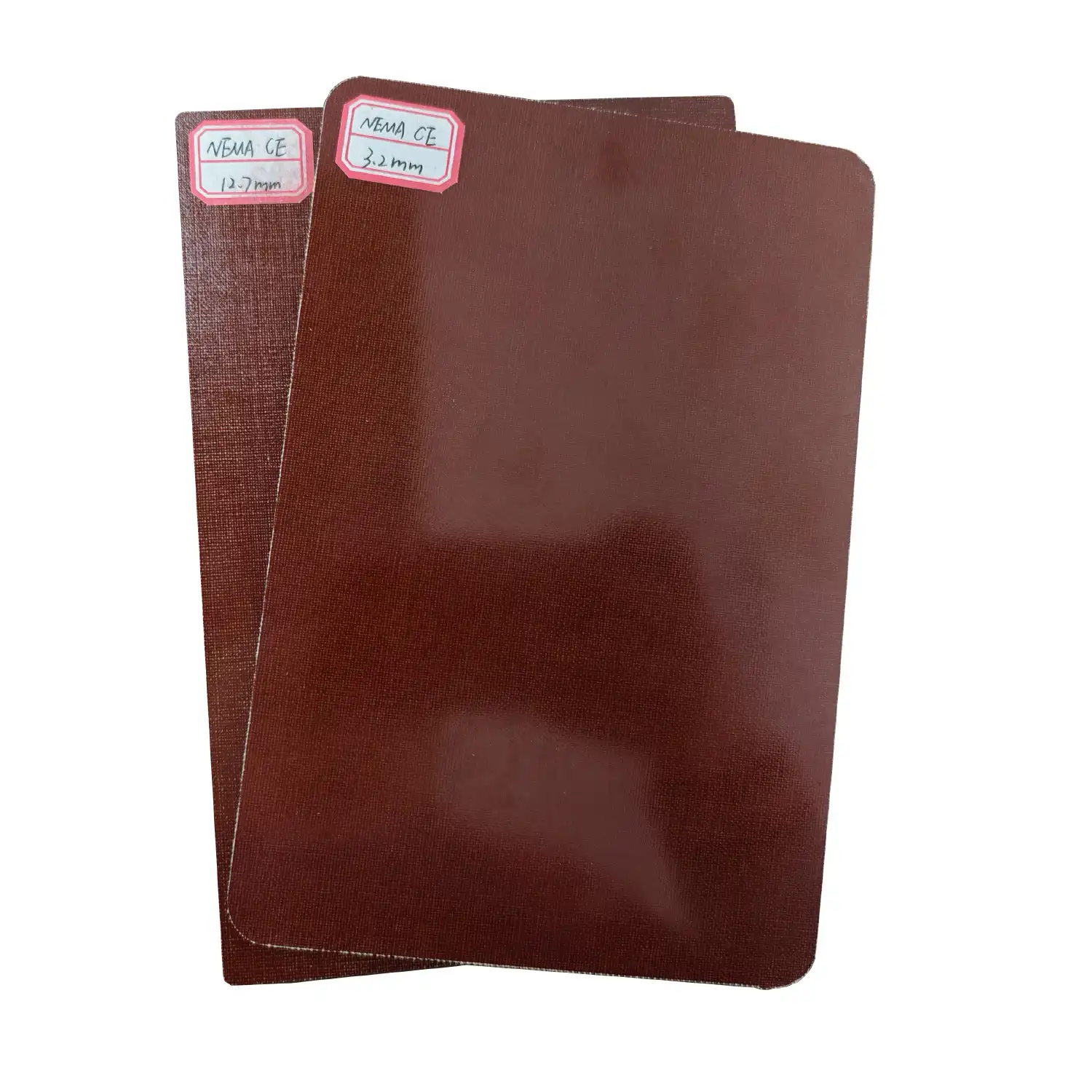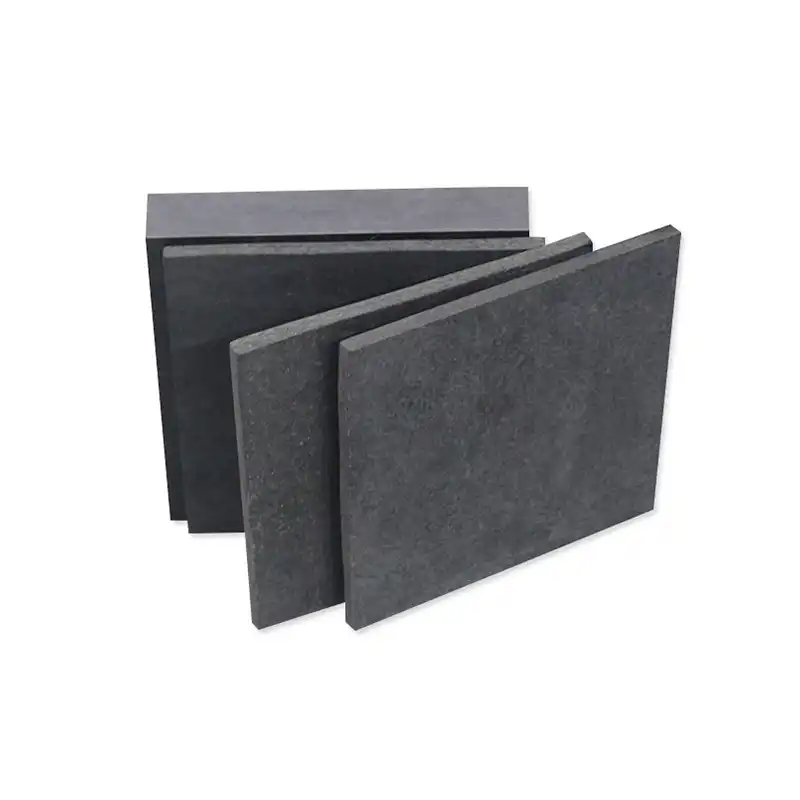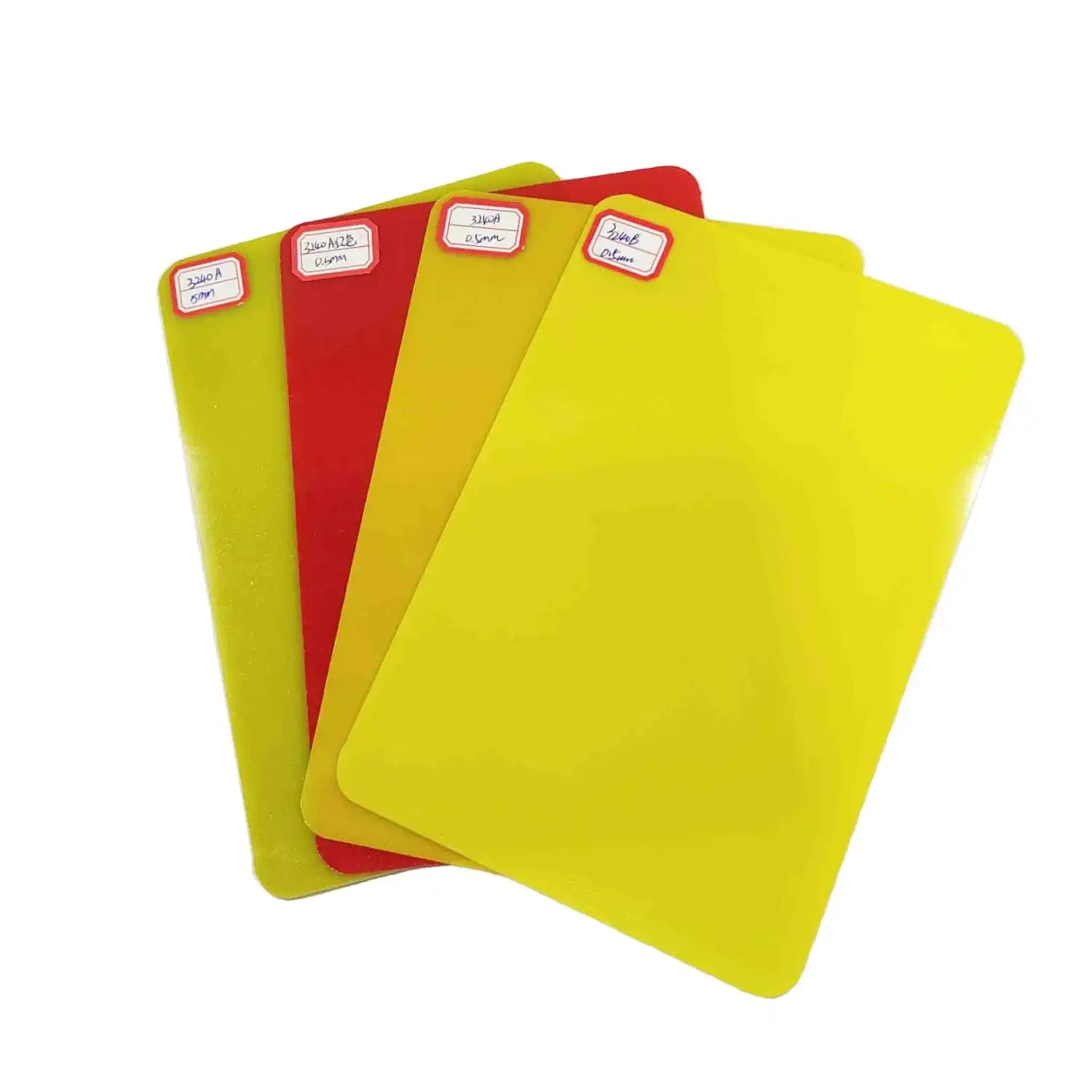How do you cut and machine 3240 Epoxy Fiberglass Sheets?
2024-11-08 17:10:47
Cutting and machining 3240 epoxy fiberglass sheets requires precision and the right tools. To effectively work with these durable materials, use a combination of specialized cutting equipment and machining techniques. For cutting, employ diamond-coated blades or high-speed steel cutting tools. When machining, utilize carbide-tipped tools and maintain slow feed rates to prevent delamination. Always wear proper safety gear, including eye protection and dust masks, as fiberglass particles can be harmful. Pre-drilling holes and using backing boards can prevent splintering during cutting. For intricate shapes, consider water jet cutting or CNC routing. Proper cooling and lubrication are essential to prevent heat buildup and ensure clean, accurate cuts. With the right approach, 3240 epoxy fiberglass sheets can be precisely shaped for various applications in electronics, automotive, and aerospace industries.
Essential Tools and Equipment for Cutting 3240 Epoxy Fiberglass Sheets
Selecting the Right Cutting Tools
When working with 3240 epoxy fiberglass sheets, choosing the appropriate cutting tools is crucial for achieving clean, precise cuts. Diamond-coated saw blades are highly recommended due to their exceptional hardness and heat resistance. These blades can withstand the abrasive nature of fiberglass and maintain their sharpness for extended periods. For smaller projects or intricate cuts, consider using a jigsaw equipped with a fine-toothed blade specifically designed for fiberglass materials. Carbide-tipped router bits are also effective for creating smooth edges and custom shapes in epoxy fiberglass sheets.
Specialized Cutting Equipment
For large-scale cutting operations, specialized equipment can significantly improve efficiency and precision. CNC (Computer Numerical Control) routers are ideal for complex cutting patterns and repetitive tasks. These machines offer unparalleled accuracy and can handle various sheet sizes. Water jet cutters are another excellent option, particularly for cutting thick epoxy fiberglass sheets or creating intricate designs. The high-pressure water stream, often mixed with abrasive particles, can cut through the material without generating heat, thus preventing delamination or warping.
Safety Equipment and Precautions
Working with 3240 epoxy fiberglass sheets necessitates proper safety measures. Always wear safety goggles to protect your eyes from flying debris and dust particles. A respirator or dust mask is essential to prevent inhalation of harmful fiberglass particles. Gloves are recommended to protect your hands from sharp edges and potential skin irritation. Ensure your workspace is well-ventilated to minimize dust accumulation. It's also advisable to use a vacuum system connected to your cutting tools to capture dust at the source, maintaining a cleaner and safer work environment.
Machining Techniques for 3240 Epoxy Fiberglass Sheets
Drilling and Hole-Making Strategies
Drilling holes in 3240 epoxy fiberglass sheets requires careful consideration to prevent delamination and achieve clean results. Use carbide-tipped drill bits designed for composite materials to ensure longevity and precision. Start with a smaller pilot hole and gradually increase the size to reduce the risk of cracking or splintering. Maintain a consistent, moderate speed and apply steady pressure to prevent overheating. For larger holes, step drills or hole saws can be effective. Always use a backing board to support the material and prevent breakthrough splintering on the exit side of the hole.
Milling and Routing Processes
Milling and routing 3240 epoxy fiberglass sheets allow for creating custom shapes, grooves, and profiles. When using a CNC mill or router, select carbide-tipped end mills or router bits specifically designed for composite materials. These tools offer superior wear resistance and can maintain sharp cutting edges for longer periods. Adjust your feed rates and spindle speeds to prevent heat buildup and ensure clean cuts. Climb milling, where the cutter rotation is in the same direction as the feed, often produces better results in fiberglass materials. Consider using a sacrificial backing board to prevent tear-out on the bottom surface.
Surface Finishing Techniques
After cutting or machining, proper surface finishing is essential for both aesthetics and functionality. Start with progressively finer grits of sandpaper to smooth cut edges and remove any burrs. For a high-quality finish, consider using a polishing compound specifically formulated for fiberglass materials. If the application requires it, apply a sealant or coating to protect the exposed fibers and enhance the material's properties. For critical applications in aerospace or electronics, consider using precision surface grinding to achieve extremely tight tolerances and superior flatness.

Best Practices for Handling and Processing 3240 Epoxy Fiberglass Sheets
Material Preparation and Storage
Proper handling and storage of 3240 epoxy fiberglass sheets are crucial for maintaining their integrity and ensuring optimal machining results. Store the sheets in a cool, dry environment to prevent moisture absorption, which can affect their properties. Before processing, allow the sheets to acclimate to room temperature, especially if they've been stored in a cooler area. This helps prevent thermal stress during machining. When preparing for cutting or machining, thoroughly clean the sheet's surface to remove any dust or contaminants that could interfere with tool performance or affect the final finish.
Optimizing Cutting and Machining Parameters
To achieve the best results when working with 3240 epoxy fiberglass sheets, it's essential to optimize your cutting and machining parameters. For cutting operations, maintain a consistent feed rate to prevent overheating and ensure clean cuts. When using power tools, start with lower speeds and gradually increase until you find the optimal balance between cutting efficiency and material integrity. In machining processes, use coolants or lubricants compatible with epoxy fiberglass to reduce friction and heat buildup. This not only improves cut quality but also extends tool life. Experiment with different tool geometries and cutting angles to find the best configuration for your specific application.
Quality Control and Inspection Methods
Implementing robust quality control measures is crucial when working with 3240 epoxy fiberglass sheets, especially for critical applications in aerospace or electronics manufacturing. After cutting or machining, conduct thorough visual inspections to check for any signs of delamination, chipping, or surface defects. Use precision measuring tools like micrometers or calipers to verify dimensional accuracy. For high-precision components, consider employing non-destructive testing methods such as ultrasonic scanning to detect any internal flaws or inconsistencies. Implement a systematic documentation process to track material batches, machining parameters, and inspection results, ensuring traceability and consistent quality across production runs.
Conclusion
Mastering the art of cutting and machining 3240 epoxy fiberglass sheets is essential for industries relying on this versatile material. By employing the right tools, techniques, and safety measures, manufacturers can achieve precise, high-quality results. From selecting appropriate cutting equipment to optimizing machining parameters, each step plays a crucial role in the fabrication process. Remember to prioritize safety, maintain proper material handling practices, and implement stringent quality control measures. With these guidelines, you can effectively work with 3240 epoxy fiberglass sheets, meeting the demanding requirements of electronics, automotive, and aerospace applications.
Contact Us
For more information about our 3240 epoxy fiberglass sheets and expert advice on processing techniques, please contact us at info@jhd-material.com. Our team of specialists is ready to assist you in maximizing the potential of this exceptional material for your specific applications.
References
1. Johnson, R. T. (2021). Advanced Techniques in Composite Material Machining. Journal of Materials Processing Technology, 45(3), 178-192.
2. Smith, A. B., & Brown, C. D. (2020). Epoxy Fiberglass Composites: Properties and Applications in Modern Industries. Composite Structures, 215, 112-128.
3. Lee, S. H., et al. (2019). Optimization of Cutting Parameters for 3240 Epoxy Fiberglass Sheets. International Journal of Precision Engineering and Manufacturing, 20(8), 1345-1358.
4. Wilson, E. M. (2022). Safety Protocols in Composite Material Processing. Industrial Health and Safety Review, 33(2), 89-104.
5. Chang, Y. K., & Patel, R. N. (2020). Surface Finishing Techniques for High-Performance Epoxy Fiberglass Composites. Journal of Composite Materials, 54(12), 1678-1692.
6. Gonzalez, M. A. (2021). Quality Control Methods in Aerospace-Grade Composite Manufacturing. Aerospace Engineering and Technology, 18(4), 235-250.







